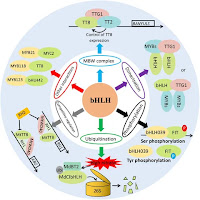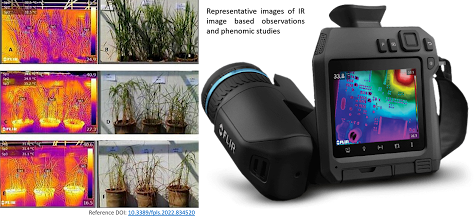
YouthOnPlus (YouthOn⁺): A New Digital Movement for Youth Employment and Community Support
(By Shruti Pawade, MSc (Biotechnology))
In today’s fast-paced, demanding world, people often struggle to find quick, reliable, and skilled help with everyday tasks—whether delivery, transportation, home repair, event support, or emergency assistance. At the same time, thousands of talented young individuals are searching for short-term employment opportunities that match their skills and availability. YouthOnPlus (YouthOn⁺) emerges as the bridge between these two needs: a platform where skilled youth can earn with dignity while society receives timely assistance with trust and safety.
YouthOn⁺ is more than just an app—it is a social-tech innovation built on the principle:
“Let’s help each other at the cost of money.”
Recently, a story about Aman Goel — founder and CEO of GreyLabs AI — went viral. He and his wife hired an educated full-time “home manager” for ₹1 lakh per month to manage food, laundry, repairs, maintenance, and daily coordination. This helped them save time, reduce stress, and focus on their careers. This example proves that household management, personal assistance, and daily support services are becoming professional, respected, and well-paid roles in modern India. It directly reflects the vision of YouthOnPlus—empowering skilled youth to earn with dignity while providing reliable, trusted support to society.
This vision, highlighted in the presentation materials, captures the heart of the platform. It blends technology, employment, and community service into one powerful ecosystem.
Why YouthOnPlus?
The idea behind YouthOnPlus is clear and purposeful:
To provide employment to youth and assistance to people who need reliable help.
The concept originated with a simple yet powerful question:
“What if young, skilled individuals could instantly be connected to people who need their service?”












.jpg)
















